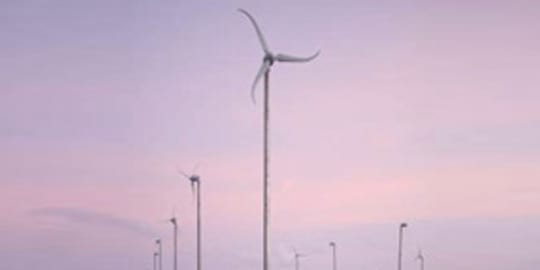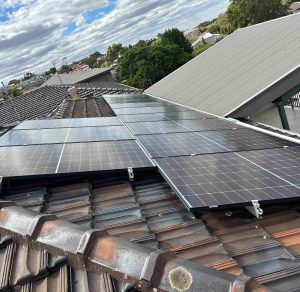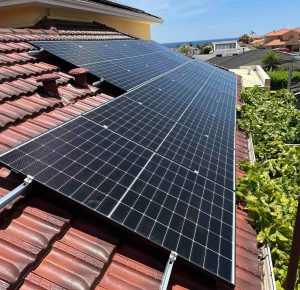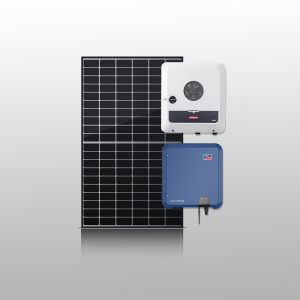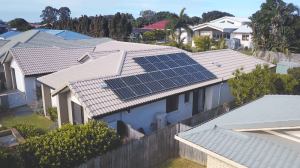As per the latest Bloomberg report, the world electricity demand will increase to 38,700 terawatt-hours by 2050. This is approximately 54% increase from 2017. The major contribution in this increase will be from the developing economies due to their population and GDP growth. However, the developed nations will only contribute a minority. Slowing economic rate of expansion and higher efficiency in bulk energy systems can pave the way to this trend. This. Such an increase in the global electricity demand will put a stress on the existing forms of major bulk energy systems – fossil fuels and nuclear. Thus, affordable and efficient wind and solar power systems will attain higher adoption rates and fewer skepticisms.
China and India are two of the upcoming markets, which foresees a large investment in the renewable energy sector. As of today, India has the cheapest wind and solar farm in the world. It is estimated that by 2050. about 87%, 62% and 75% of energy demand in Europe, China and India respectively will be met by renewable energy. On the other hand, Australia is en-route to becoming a decentralized power systems globally with 44% of demand being met through rooftop solar and battery. The PV price has reduced from $79/W in 1976 to just $0.37/W in 2017. Similarly, since 2010, wind turbine prices have dropped by nearly 32%.
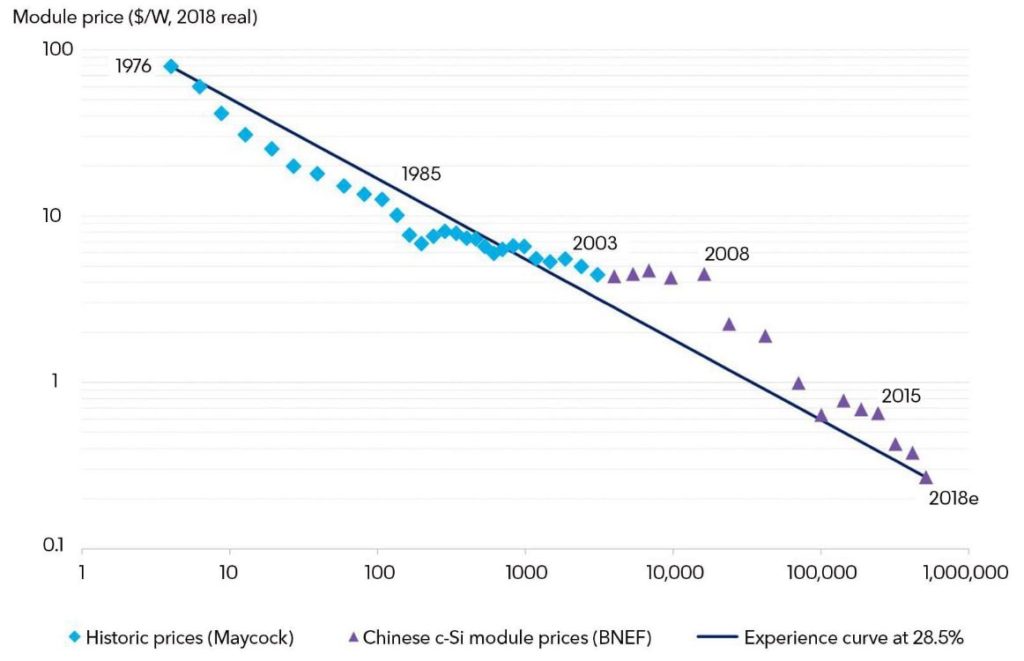
A chief factor that can be attributed to the growth of these renewable sector is the battery storage packs that provides the necessary flexibility and peaking revenues. These advantages were previously exclusive to the fossil fuel plants. The Li-ion battery price is foreseen to fall by 66% between 2017 and 2030. This is expected to translate to raise the production capacity to over 400GWh by 2021 leading to a dramatic increase battery penetration in the residential and commercial sector – upto 1291 GW of installed cap. between now and 2050. The forecast further places the battery price at $70/kWh by 2030s.
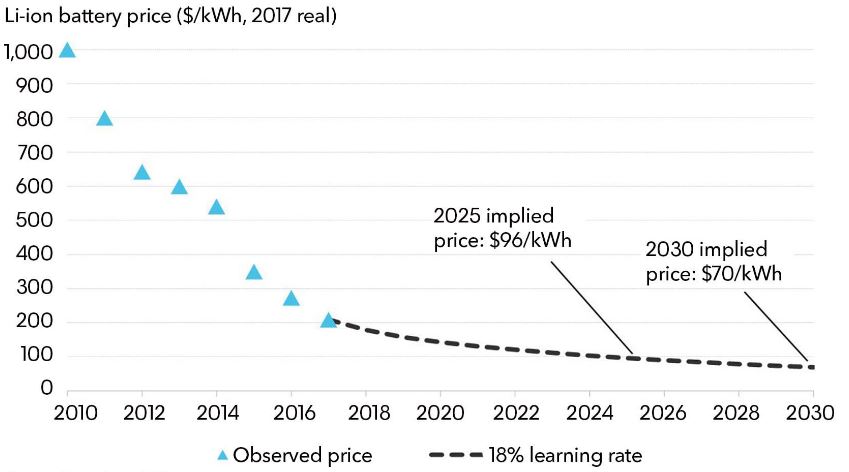
Fossil fuel based bulk energy systems are facing severe competition from their renewable counterparts due to the latter’s declining CapEx, higher efficiencies and improving dispatchability through increasing battery adoption. Irrespective of the political or business interests, the building o new coal/gas power plants are decelerating rapidly. In conclusion, by 2050, wind and solar will contribute to 48% of the bulk energy system with other renewables having a 23% share. The world’s coal power generation share can drop to 11% by then. However, we will also need zero-carbon technologies to start reversing the effects of climate change that fossil fuel use has already created.

